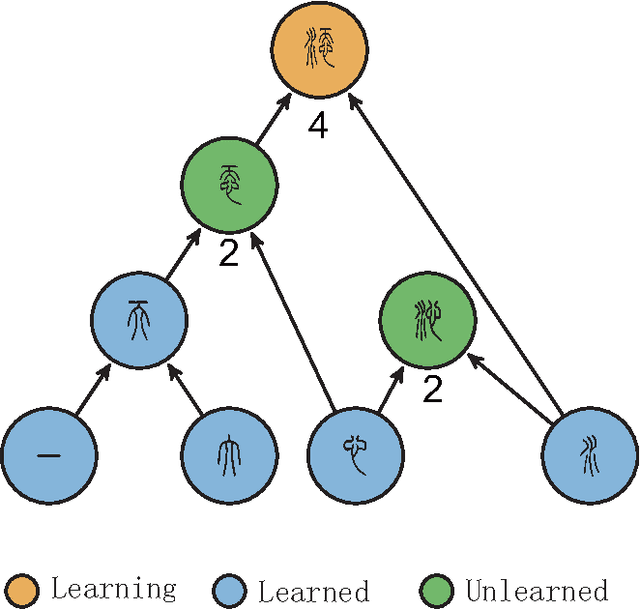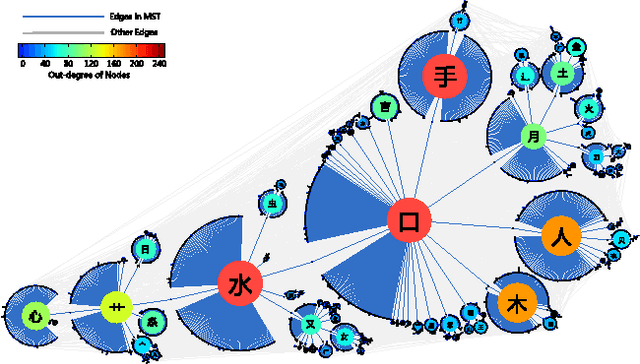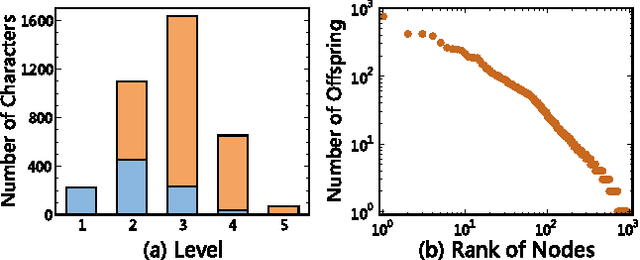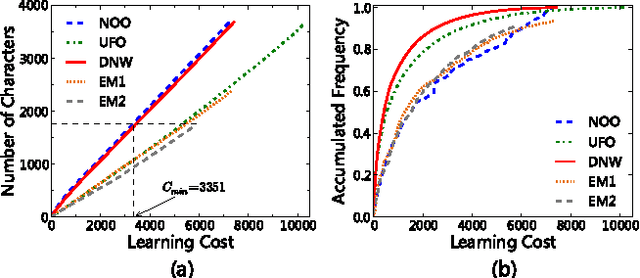Zengru Di
Learning noise-induced transitions by multi-scaling reservoir computing
Sep 11, 2023Abstract:Noise is usually regarded as adversarial to extract the effective dynamics from time series, such that the conventional data-driven approaches usually aim at learning the dynamics by mitigating the noisy effect. However, noise can have a functional role of driving transitions between stable states underlying many natural and engineered stochastic dynamics. To capture such stochastic transitions from data, we find that leveraging a machine learning model, reservoir computing as a type of recurrent neural network, can learn noise-induced transitions. We develop a concise training protocol for tuning hyperparameters, with a focus on a pivotal hyperparameter controlling the time scale of the reservoir dynamics. The trained model generates accurate statistics of transition time and the number of transitions. The approach is applicable to a wide class of systems, including a bistable system under a double-well potential, with either white noise or colored noise. It is also aware of the asymmetry of the double-well potential, the rotational dynamics caused by non-detailed balance, and transitions in multi-stable systems. For the experimental data of protein folding, it learns the transition time between folded states, providing a possibility of predicting transition statistics from a small dataset. The results demonstrate the capability of machine-learning methods in capturing noise-induced phenomena.
Efficient learning strategy of Chinese characters based on network approach
Mar 07, 2013



Abstract:Based on network analysis of hierarchical structural relations among Chinese characters, we develop an efficient learning strategy of Chinese characters. We regard a more efficient learning method if one learns the same number of useful Chinese characters in less effort or time. We construct a node-weighted network of Chinese characters, where character usage frequencies are used as node weights. Using this hierarchical node-weighted network, we propose a new learning method, the distributed node weight (DNW) strategy, which is based on a new measure of nodes' importance that takes into account both the weight of the nodes and the hierarchical structure of the network. Chinese character learning strategies, particularly their learning order, are analyzed as dynamical processes over the network. We compare the efficiency of three theoretical learning methods and two commonly used methods from mainstream Chinese textbooks, one for Chinese elementary school students and the other for students learning Chinese as a second language. We find that the DNW method significantly outperforms the others, implying that the efficiency of current learning methods of major textbooks can be greatly improved.
* 8 pages, 6 figures
 Add to Chrome
Add to Chrome Add to Firefox
Add to Firefox Add to Edge
Add to Edge